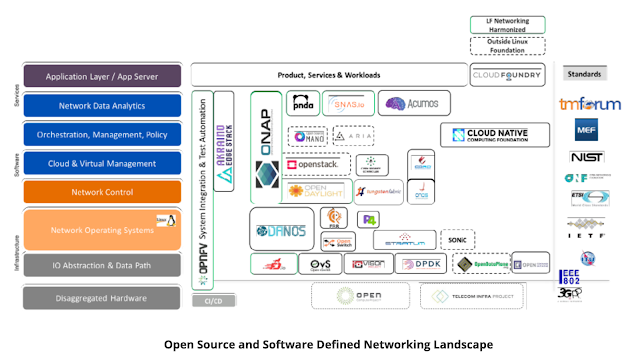Dis-aggregated hardware

This post focuses on dis-aggregated hardware follows my earlier post Open Source Networking: a hierarchical approach . Hardware dis-aggregation is an important aspect of open networking. Essentially, dis-aggregated hardware involves software being separated from the underlying hardware. Similar to a PC or a server where you can boot with a Linux installer CD to Linux, you are able to boot dis-aggregated hardware with an Operating System (OS) installer and install an operating system on it. Most commercial vendors bundle their hardware with software which means you cannot modify the software or change the OS that it comes loaded with. Open, dis-aggregated hardware however does not have this restriction. Take for example, Ethernet switches which have two main components: A packet switching/processing ASIC chipset controller A CPU which hosts the software / firmware and the packet switching ASIC. Most commercial vendors bundle the software with their...
